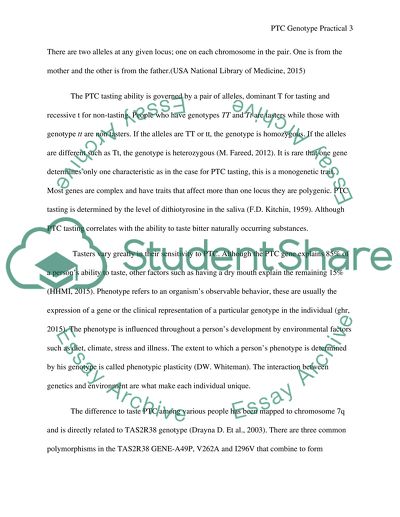Cite this document
(“Phenyl Thiocarbanate (PTC) Polymerase chain reaction (PCR) based Research Paper”, n.d.)
Retrieved from https://studentshare.org/health-sciences-medicine/1689241-phenyl-thiocarbanate-ptc-polymerase-chain-reaction-pcr-based-genetic-analysis-of-the-ptc-genotype-using-human-specific-dna-primers
Retrieved from https://studentshare.org/health-sciences-medicine/1689241-phenyl-thiocarbanate-ptc-polymerase-chain-reaction-pcr-based-genetic-analysis-of-the-ptc-genotype-using-human-specific-dna-primers
(Phenyl Thiocarbanate (PTC) Polymerase Chain Reaction (PCR) Based Research Paper)
https://studentshare.org/health-sciences-medicine/1689241-phenyl-thiocarbanate-ptc-polymerase-chain-reaction-pcr-based-genetic-analysis-of-the-ptc-genotype-using-human-specific-dna-primers.
https://studentshare.org/health-sciences-medicine/1689241-phenyl-thiocarbanate-ptc-polymerase-chain-reaction-pcr-based-genetic-analysis-of-the-ptc-genotype-using-human-specific-dna-primers.
“Phenyl Thiocarbanate (PTC) Polymerase Chain Reaction (PCR) Based Research Paper”, n.d. https://studentshare.org/health-sciences-medicine/1689241-phenyl-thiocarbanate-ptc-polymerase-chain-reaction-pcr-based-genetic-analysis-of-the-ptc-genotype-using-human-specific-dna-primers.


